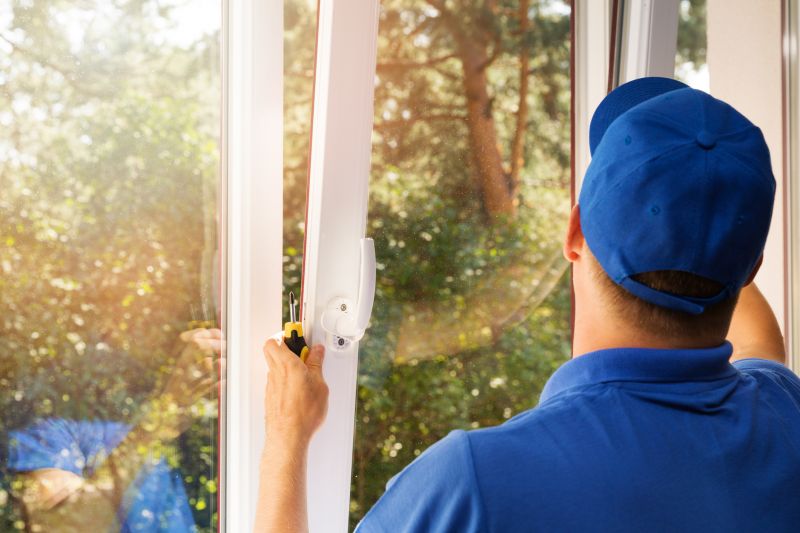Optimal Timing for Windows Installations
Windows installations are a critical component of maintaining optimal computer performance and security. Timing these installations appropriately can minimize disruptions and ensure system stability. Factors influencing the best time for installation include system readiness, software updates, and user activity patterns.
Ensure hardware and software are prepared for installation to avoid conflicts and delays.
Schedule installations after major updates to prevent compatibility issues.
Choose times when computer use is minimal to reduce workflow interruptions.
Align installations with planned maintenance periods for smoother updates.

Visual overview of the steps involved in installing Windows.

Images illustrating optimal times for system upgrades.

Essential tools used during Windows installations.

Ways to make Windows Installations work in tight or awkward layouts.

Popular materials for Windows Installations and why they hold up over time.

Simple add-ons that improve Windows Installations without blowing the budget.
| Best Time for Installation | Advantages |
|---|---|
| Weekends | Allows dedicated time without work interruptions. |
| Evenings | Minimizes impact on daily activities. |
| Scheduled Maintenance Windows | Ensures systematic updates. |
| After Major Updates | Prevents compatibility issues. |
| During Low Network Usage | Reduces bandwidth conflicts. |
| Before Critical Business Periods | Prepares systems ahead of busy times. |
| Off-Peak Seasons | Less demand on support resources. |

Preparing the workspace for installation procedures.

Planning installation schedules for minimal impact.

Verifying system functionality after setup.

Managing updates for optimal performance.
Interested in scheduling a Windows installation? Filling out the contact form can provide more information and help plan the optimal timing for system updates. Proper planning ensures a seamless transition and continued system performance.
